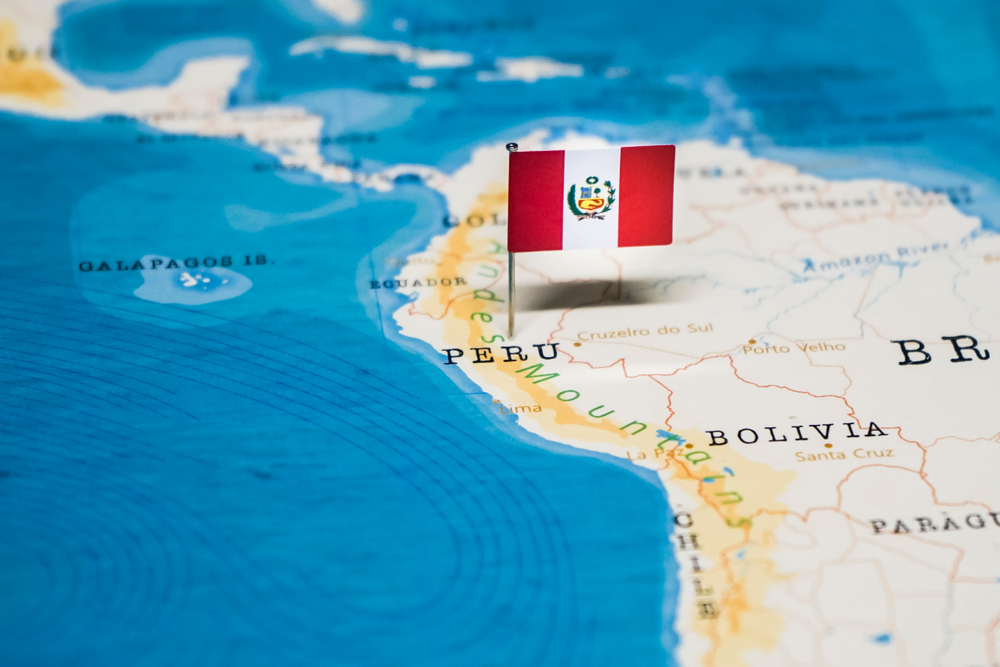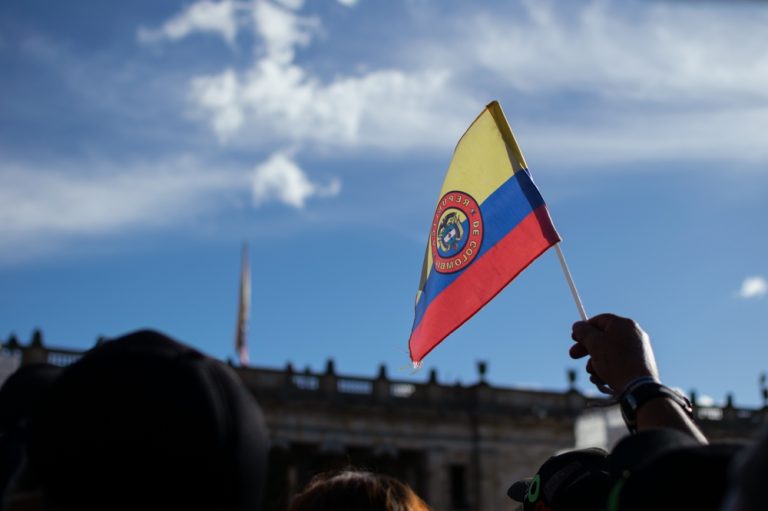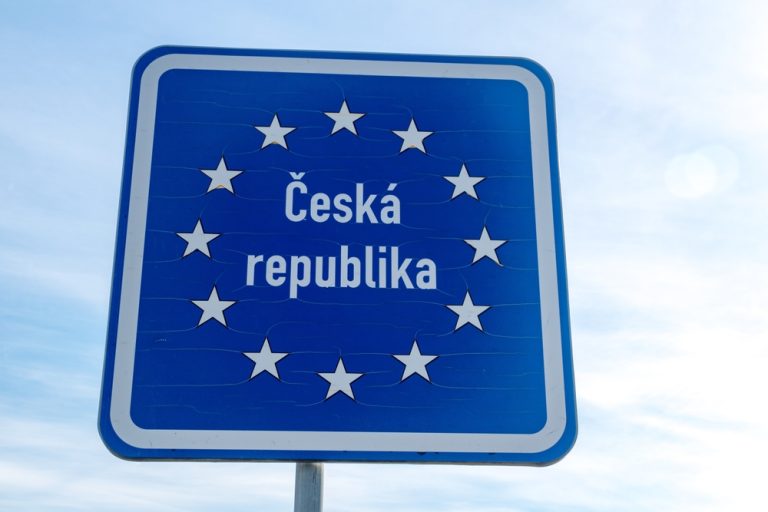
Impeachment and protests in Peru
The year 2022 was a time of “pink wave” in South American politics. The change of presidents from right-wing conservative and liberal ideologies to left-wing socialists occurred in most of the countries of the region, and took place without major upheavals. The exception, in a sense, was Brazil, but the supporter speeches of former president “friend of Trump” Jair Bolsonaro were short-lived and did not lead to serious clashes or fatalities. There was one country, however, where the course of events was the opposite. In Peru, socialist president Pedro Castillo was sent to resign with impeachment by the right-wing parliament, and protests by his supporters have not subsided for a third month in a row.
The confrontation between Castillo and Parliament continued throughout 2022, culminating in early December. It was then that the president faced his third impeachment attempt in his term, and without waiting for the next one, on December 7 he announced the dissolution of parliament and imposed a curfew. However, Castillo was not fortunate and was betrayed by almost all members of his own government even the “loyal” Vice President Dina Boluarte, who not unreasonably declared his decision unconstitutional. The president realized that the situation was not in his favor and called his Mexican counterpart Andréas Obrador for political asylum, but he was detained by the intelligence services on his way to the Mexican embassy. After the fact, the ministers who worked with Castillo accused him of all the mortal sins and unprecedented corruption. However, they forgot that they were considered corrupt by most of the population, which led on the same day to the expected mass protests in Castillo’s favor.

Pedro Castillo, despite his blunders and concessions to local big business, proved to be a spokesman for the country’s poorest and most vulnerable people who had not lost faith in him. Early in his political career, the teacher and union activist from the heartland was a member of peasant patrols that helped law enforcement keep order. Huge inequality and poverty, as well as a large proportion of the rural population, are the fertile ground for the rise in popularity of socialists in general and of Castillo in particular. Already on the day of his arrest, protesters called what happened a coup d’état, and demanded Castillo’s release and new elections. The main object of people’s hatred was the Peruvian oligarchy, which dominates not only the parliament, but also the judicial system, the media and the economy. It has always been affiliated with the U.S. and from the beginning of Castillo’s presidency, it blocked almost all of his proposals, eventually pulling Castillo’s ministers against him. In spite of the fact that in the past 7 years, leftist candidates have almost always won the elections, the establishment has managed to protect its interests and ignore the will of the citizens.
Dina Boluarte, who became interim president of the country, quickly realized that she was in a very difficult situation. Constant attempts were made to discredit Castillo in order to split the ranks of his supporters. In response to the demonstrations, Boluarte agreed to reschedule the next election from 2026 to 2023 in order to buy time and select a candidate who could charm the people and be acceptable to big businesses. In spite of this, mass demonstrations, strikes, and clashes with the police only intensified. Disgruntled Peruvians blocked roads, stormed airports and administrative buildings. The police and the army used live ammunition to disperse the protests, and demonstrators responded by making improvised explosives and firing guns. By the end of January, the number of victims ranged from 60 to 100, according to various estimates. Defense Minister Luis Alberto Otárola declared a nationwide state of emergency in mid-December for 30 days and curfews were imposed in 15 provinces. These measures gave the police the right to search homes without permission or a court order. But the harsh measures of the authorities only broadened the protesters’ demands, to which they added the dissolution of parliament and the convening of a Constituent Assembly to adopt a new constitution. At this time, it was already clear that this confrontation was serious and would last for a long time. The fact that the protesters had no unified leaders or even clear coordination also did not help the authorities.

The reaction to the events in different countries was revealing, showing well the sympathy of certain states for the participants in the conflict. For example, the socialist governments of Mexico, Argentina, Bolivia and Colombia issued a joint statement condemning the imprisonment of President Pedro Castillo. They also accused Boluarte and her supporters of “undemocratic pressure” on the arrested former head of state. In response, the Peruvian Foreign Ministry recalled ambassadors from all four countries. Not surprisingly, countries such as Cuba, Bolivia and Venezuela joined in supporting Castillo. At a January 24 meeting of the Community of Latin American and Caribbean States, Honduran President Xiomara Castro demanded the immediate release of the imprisoned Pedro Castillo. After that the Peruvian ambassador left that state. Under this, Boluarte still had to address the Organization of American States on January 25 and she said that “the death of compatriots has no justification”, something that aroused the anger of the population and the opposition leftist media in her home country. At the same time, the U.S., EU and UN expressed support for Dina Boluarte’s new government, supporting local oligarchs and U.S. MNCs operating in the country.
During the Christmas holidays, the protests became less active, but for the authorities this proved to be only a temporary respite. Already at the beginning of 2023, the intensity was the same and even greater, and in the first week of the new year alone 20 people were killed. On January 15, a state of emergency was declared in the largest cities of the country – Lima, Callao, Cuzco and Puno. Due to the blocking of major highways and the seizure of many airports by the opposition, it soon spread throughout the country. Eventually, having lost confidence in the party, the Attorney General of Peru launched an investigation against Boluarte, the Prime Minister, the heads of the Interior Ministry and the Ministry of Defense on charges of massacring protesters. Another indicator of the split in the ranks of the party of oligarchs was the fact that 28 members of parliament proposed to impeach Boluarte herself, and although they clearly do not have enough votes, it does not add confidence to the usurpers. The protests are endless, and no one wants to make concessions. The poor are so destitute that they are willing to protest if they can just find food. The government is ready for any harsh measures, including inviting foreign troops from the United States to suppress the burgeoning revolution. Peru is already facing a full-blown civil conflict that South America has not known in decades. The desire for social justice among Peruvians has become greater than a sense of fear or a yearning for security at the cost of any humiliation.


I want to thank you for your assistance and this post. It’s been great.